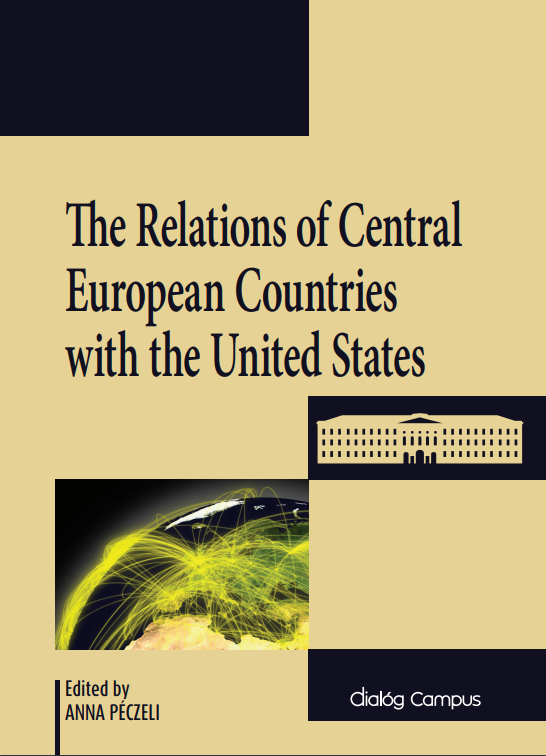The Relations of Central European Countries with the United States
This edited volume examines the post-Cold War relationship of ten selected Central and Eastern European (CEE) countries with the United States. It concludes with a summary chapter that highlights the main similarities and differences of the ten case studies. The relationship of the United States and CEE states has oscillated a lot since the end of the Cold War. The disagreements and problems were most evident in the political domain. Due to the institutionalised nature of the military domain, the defence cooperation has been mostly resilient to the fluctuations of the political relations. In the meanwhile, trade relations have never really reached the strategic significance that some states might have hoped in the 1990s. The examination of the past 30 years suggests that the defence collaboration will continue to provide a solid basis of cooperation, despite the fact that the asymmetries with the U.S. are most visible in this area. Due to their limited resources and weak military capabilities, CEE states will continue to rely on U.S. assurances against the security threats that they are facing, while the U.S. will continue to urge the CEE states to take a larger share of the burden.
Only logged users can download this product.

